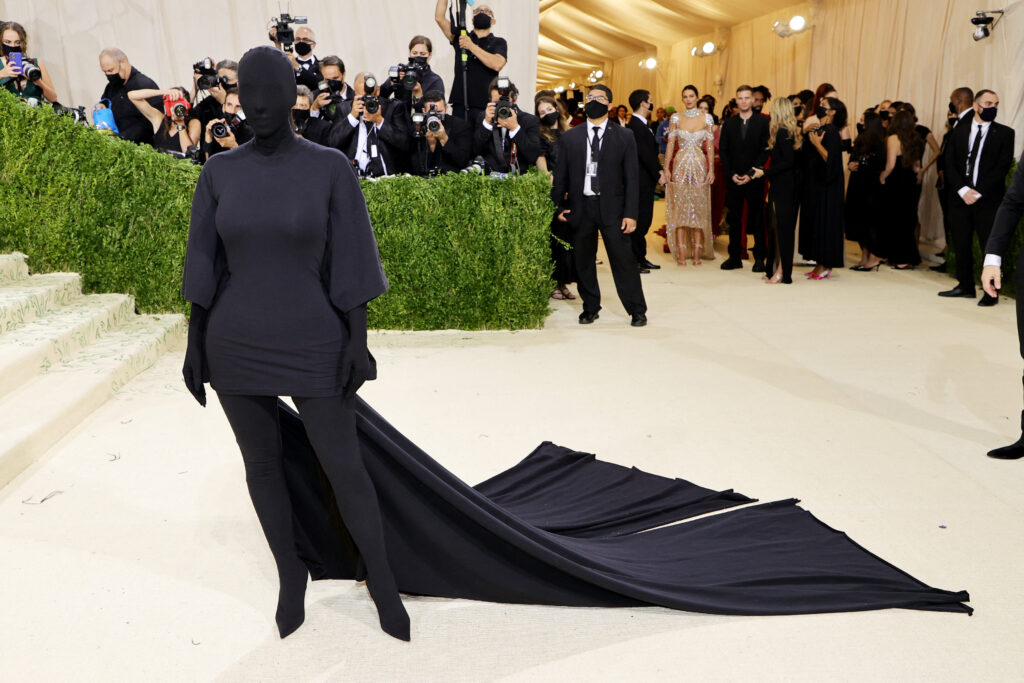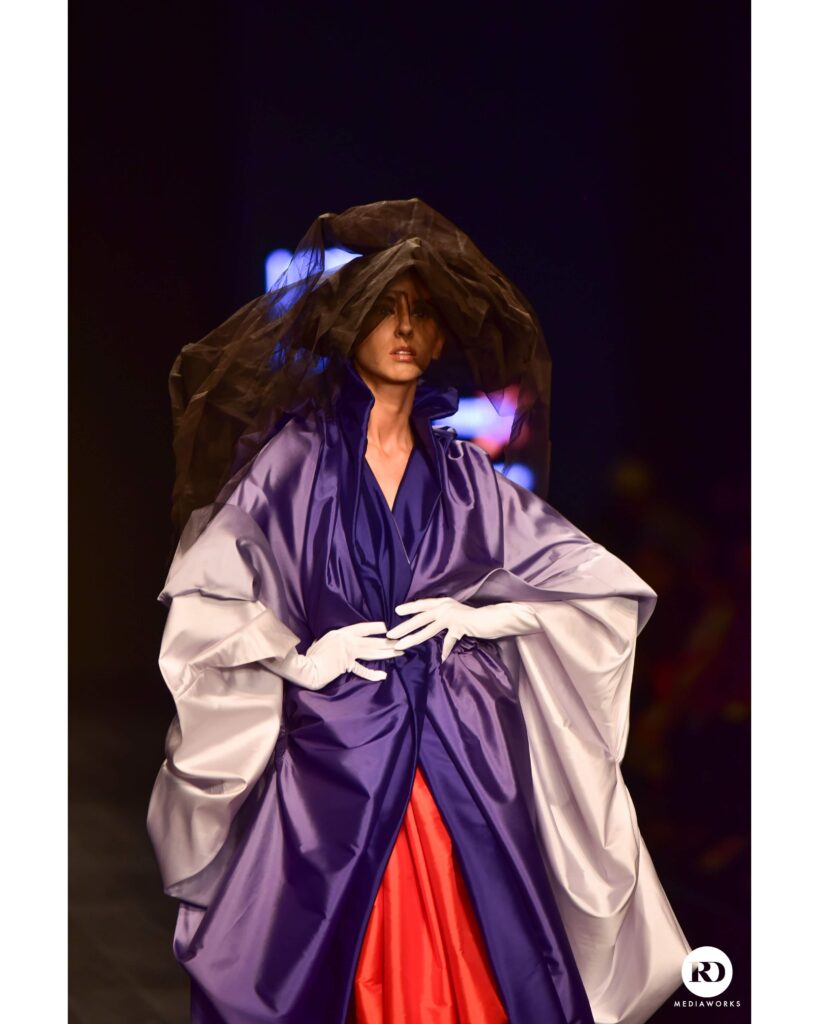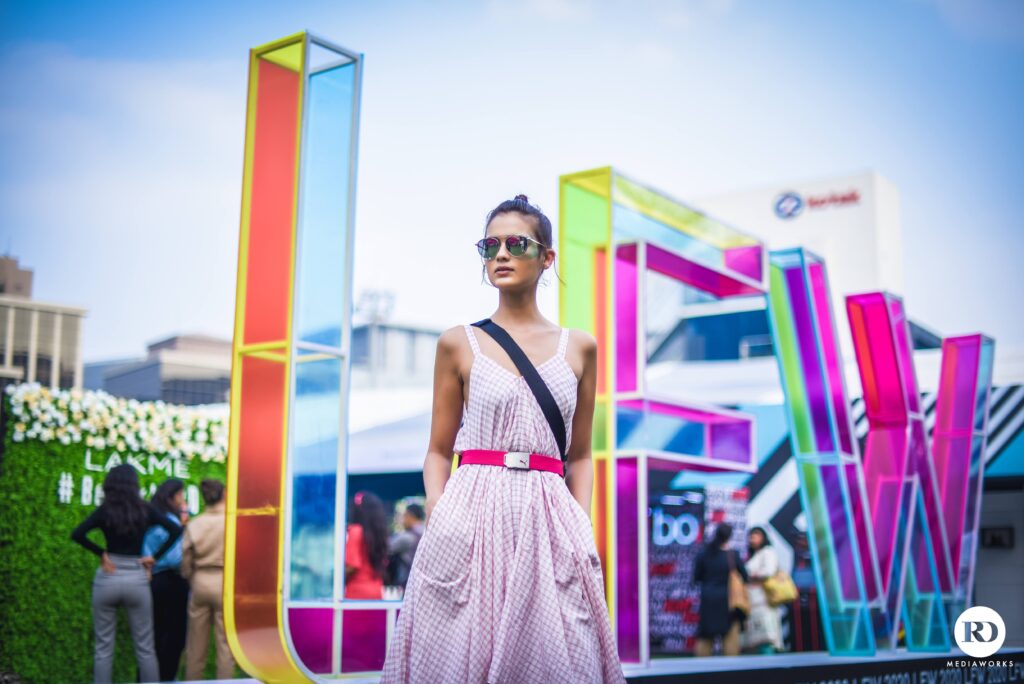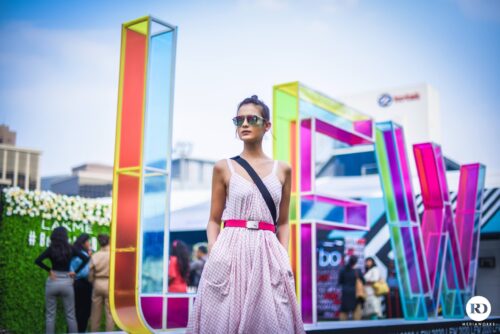
What is the MET Gala? Buying a $30,000 ticket to appear in a charity dinner wearing the most head-turning outfits of the year in an event that benefits a fashion wing institute of one of the most renowned art museums in the world. It will always be questionable, no matter which year it is. Skipping through the unsolved and unaddressed myths like how exactly is a person supposed to eat in those outfits; we learn that this informal dinner is apparently more than just the opening of the annual spring exhibition that takes place at an institute where fashion ideas dating all the way to the fifteenth century are still inspiring budding designers.
This annual event generates an insane amount of revenue through exhibitions, acquisitions and other capital improvements. To make themselves feel comfortable about their non-fashionable lives, the rest of the world often refers to the Met Gala as the most self-indulgent exercise in the world that is created by the art & fashion people to benefit contemporary art & fashion. Thousands of dollars and precious hours of human time is invested in shaping up this event where people wear uncomfortable attires intending to help the institute create certain ideas that eventually help them come up with even stranger and more uncomfortable dresses for the upcoming years. Hard to digest that this has been going on for 73 years! Diana Vreeland, who was a renowned editor and fashion expert and worked for magazines like Harper’s Bazaar and later Vogue envisioned how a social gathering could become the talk of the town way back in the early 70s. Fashion labels and companies along with their celebrity endorsements would gather for a casual meal and celebrate and open an exhibition that would last for several weeks following the Gala. The event would also include students and interns getting once in a lifetime opportunity to interact with the who’s who of the fashion industry.

But why is this relentless need there for the fashion world to top everything they’ve previously done?
Scrolling down our social media timelines most of us wonder why and how exactly is this event making more news every passing year? The reasons are not limited to just the world’s interest in celebrities or fashion. The rising snowballing giant of social media engagement has fueled this event just how it has been fueling almost anything people do.
Earlier, the pictures from the red carpet used to circulate in newspapers and magazines but since the development in technology and its accessibility people are able to put things out there to everyone and before anyone. You would imagine that the focal point of organizing such fashion shows and events might include hosting the event and designing the costumes but it in reality include a lot larger than life spirit in offering such visual treats to the world. While creative heads and directors of top fashion brands design outfits to make political headlines, some designers even give away what they feel is “vital information” about what their muse is going to wear and publications prepare anti or pro articles even before the celebrity in question has worn the dress.

There is a curing angel for every demon that rises and we have the meme culture to take care of any annoyingly cringe mainstream content that is shoved down our throats. And this eventually becomes a contest between brands on social media to make their brand relevant through the memes. Brands prepare a meme template for their products and somehow with full wit or mostly unwittingly fit those red carpet outfits into memes. Meme artists are paid significantly to generate fake buzz using the trending topics that defy the very purpose of memes. The escape we might seek in ridiculous Met Gala memes could actually be a trap set for us by brands to hop from these pomp shows of mainstream events to their insistent product endorsements.

